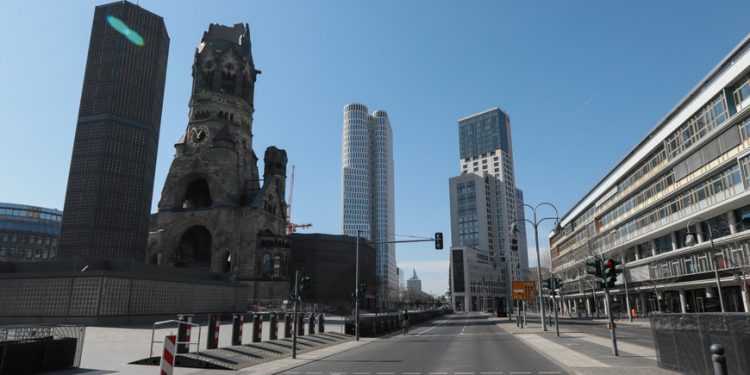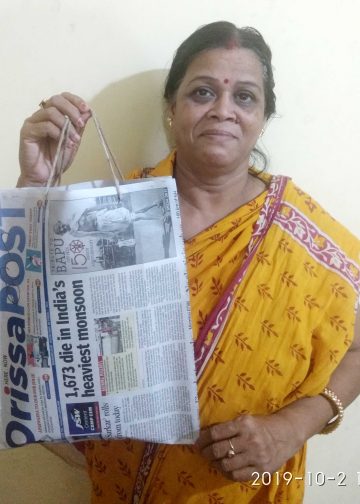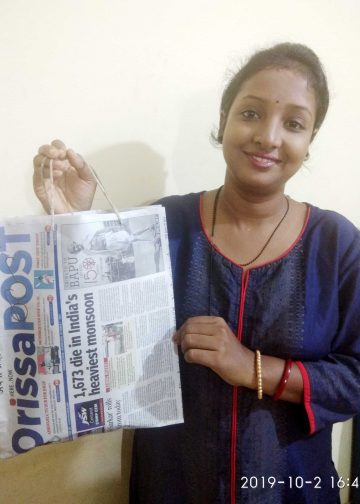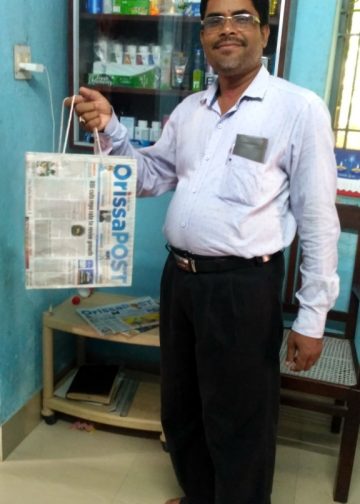Patricia Viel
Our cities will not be the same after COVID-19. Nor should they be. In Italy, as elsewhere, the public-health crisis has put us on the defensive. Our hospitals have been inadequate. And our cities, having been planned to meet our needs at a particular moment that looks nothing like the present, have fueled contagion.
As a result, the coronavirus is shutting down the engine of ideas and interactions that drives social dynamism and economic growth: the urban center. And, because contagion may turn out to be a long-term or chronic threat, how to adapt urban design and management accordingly has become a salient question for
architects.
Planning correctly means designing an evolving system with limits and a clear view of risks. The lack of hospitals has led to a frenetic and costly race to build them in places not designed with health in mind. In Italy, the government already has considered building hubs in the center and south of the country where health infrastructure is weak. And yet more than 75% of Italy’s COVID-19 cases have occurred north of Tuscany, where, even with the country’s most sophisticated health infrastructure, the region was overwhelmed by the need for urgent care.
In Milan, the exhibition center Fiera Milano City has been transformed into a 25,000-square-meter emergency intensive-care facility. But what if it was initially designed not only for its primary purpose, but also with response to a possible crisis in mind?
It is clear that we cannot build urban spaces with a single function if we want them to be useful in emergencies. The “unthinkable” must be part of good urban design practice from now on. After all, more than half of the world’s population inhabits cities, which are no less fertile ground for viruses than they are for terrorists.
That is why urban areas must consider prevention, in addition to being more “crisis-ready.” As Robert Muggah and Rebecca Katz recently argued, cities need a pandemic preparedness map. After all, as we are now seeing, the design of cities and how they are inhabited often exacerbate the problem of infectious disease.
There is now a pressing need to bridge the technical and regulatory gaps in urban planning. Collaborative efforts by designers, logistics specialists, and security experts must establish guidelines and define best practices. Architects and planners need to rethink shared spaces, public or private, to make them controllable, manageable, and able to be immediately re-purposed in an
emergency.
We need to address flaws in digital infrastructure, too. It has become even more evident how vital the data we produce is for governments’ efforts to assess and forecast the virus’s spread and mitigate its impact. We routinely turn over our data to private companies to use for commercial purposes, yet we consider government use of the same data an invasion of our privacy, even though all governments are mandated to defend us from threats to our security, health, and welfare.
A post-coronavirus approach to urban design should integrate the data we produce with our electronic devices into the Territorial Information System. But that requires digitalizing the countries where they are located. Italy is paying a high price for its chronic delay in nurturing a digital culture. COVID-19 is exacerbating the socioeconomic gap between people who, thanks to financial means and digital education, have access to the Internet and other electronic tools, and those who don’t. The predictable result of this is discrimination, marginalization, and growing distrust of government and other institutions.
Moreover, Italy’s digital infrastructure is old. A network that offers access to e-commerce websites or streaming video is not enough anymore. While countries around the world are considering remote patient monitoring or autonomous health checks, Italy is still struggling to digitalize public institutions.
We need a network that can place Italy at the same level of digitalization as any European country. And the European Union itself should be a promoter of standardization – as it was in creating an internationally recognized food safety system. This would facilitate diffuse digitalization, data sharing, creation of advanced technologies, and tools that promote the public good.
For many, the EU’s lack of a well-coordinated, multi-tiered, continent-wide response has highlighted its shortcomings as a guardian of Europeans’ wellbeing. But the truth is that a formulaic emergency response is not sustainable anymore. One of the pandemic’s most important lessons is that we need to go beyond the traditional “project” approach and learn how to plan in a complex, collaborative, interdisciplinary way that accounts for our evolving perception of risk.
We Italians have learned from the crisis that cities can think and feel collectively. In these long, house-ridden days, we have realized – some of our young people perhaps for the first time – that citizenship entails obligations as well as rights. And today, in the midst of a historic tragedy, the most fundamental obligation of all is to rethink our future.
The writer is an architect and co-founder of the international architecture and design firm Antonio Citterio Patricia Viel. © Project Syndicate






































